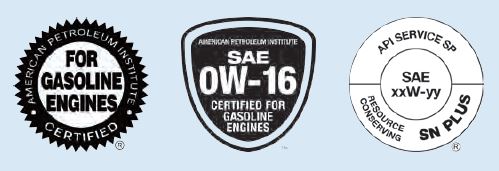NEW TECHNOLOGIES PROMPT NEW INDUSTRY STANDARDS ILSAC GF-6 and API SP specifications. AMSOIL was already ahead of the game. Original equipment manufacturers (OEMs) are under pressure to improve fuel economy and reduce emissions. As a result, most new engines today use some combination of turbochargers, direct-fuel injection and variable valve timing to deliver better fuel […]
You are browsing archives for
Tag: specifications
Lubricant specifications are here to hel...
Use Lubricant Specifications To Your Advantage Matt Erickson | DIRECTOR, TECHNICAL PRODUCT MANAGEMENT Specs can be confusing if you miss these three points. Let’s step back in time for a minute. It’s the 1920s. You’re cruising around town in your Ford* Model A or maybe your Nash* Advanced Six Coupe. You’re off to the […]

